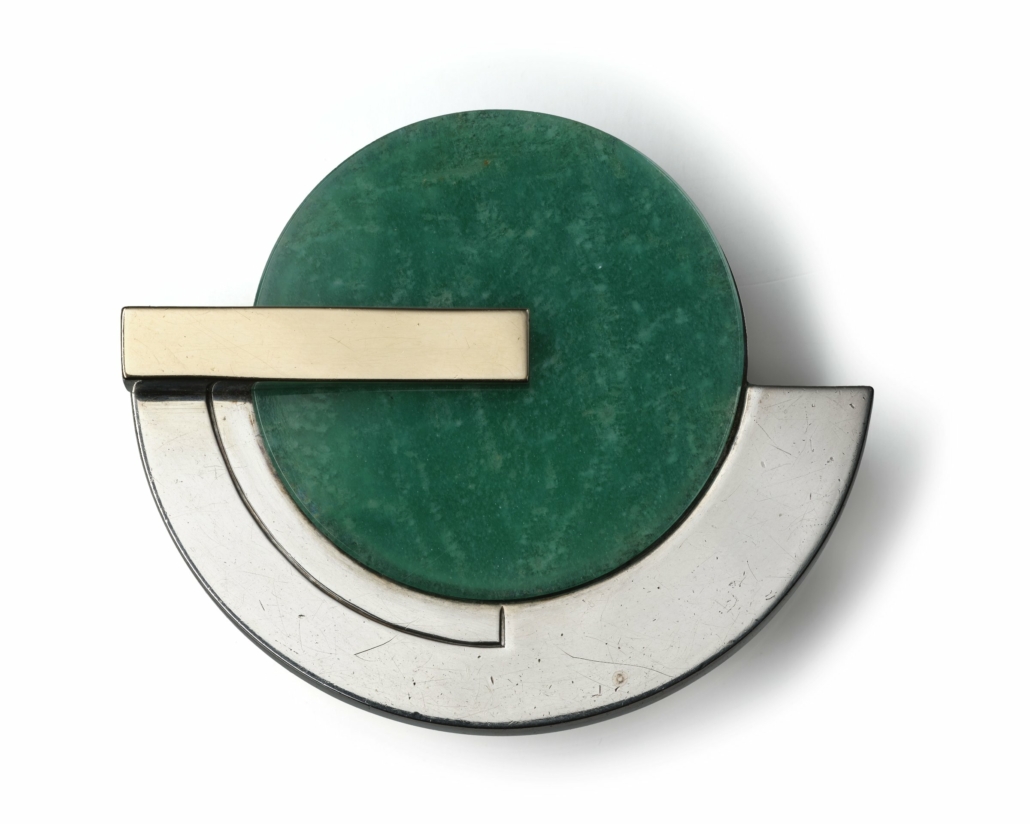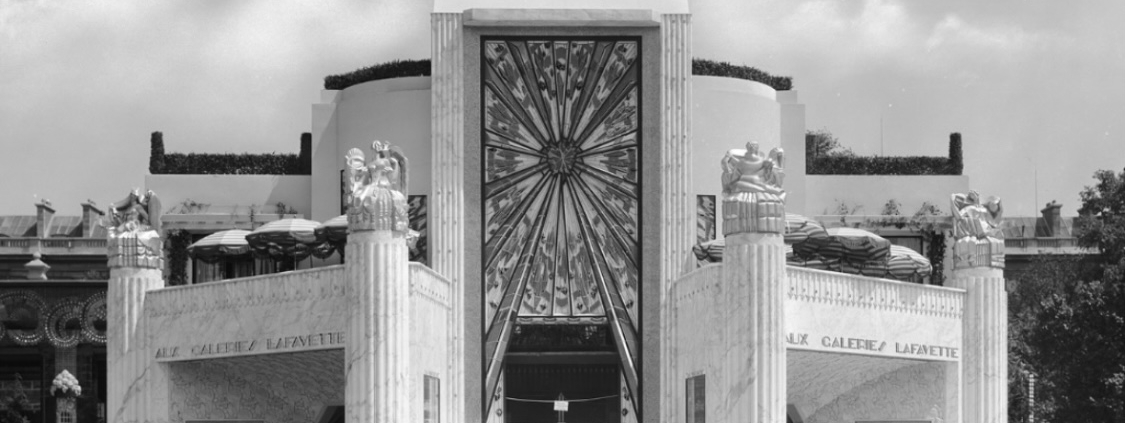ONE HUNDRED YEARS of Art Deco
1925-2025
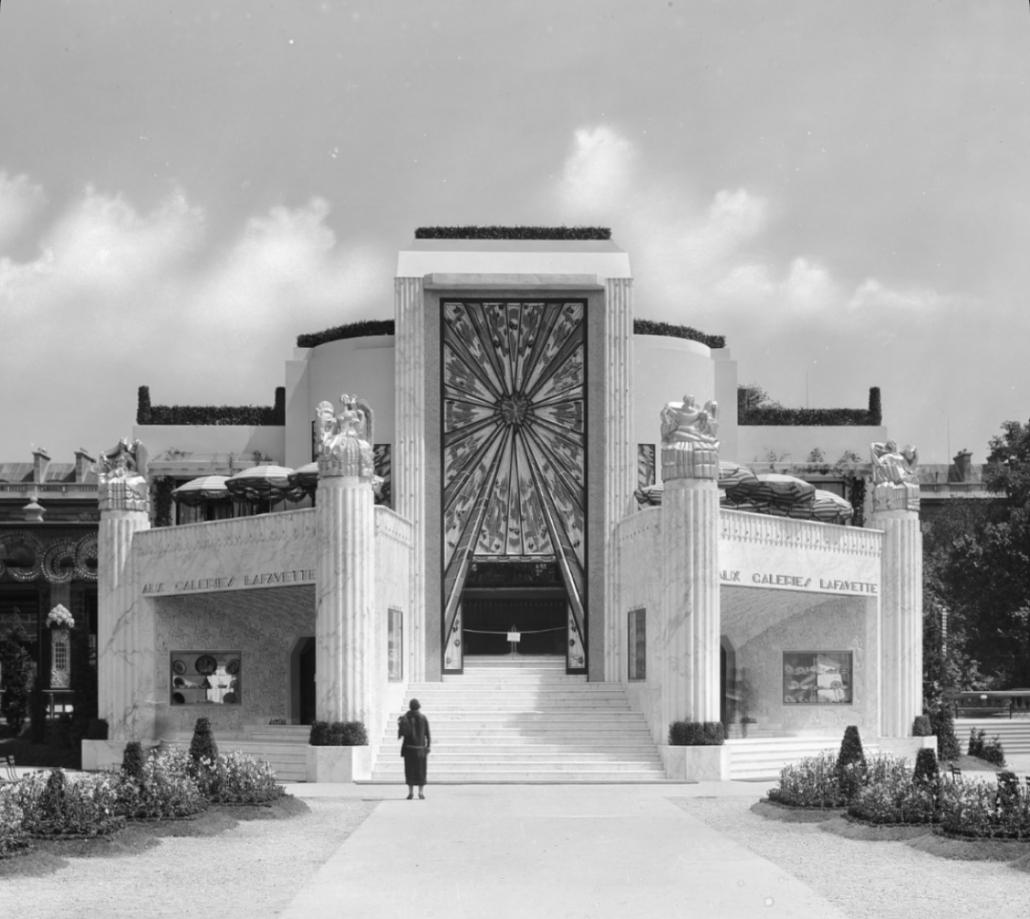
Born in the 1910s in the wake of European reflections on ornamentation, Art Deco drew on the research of Art Nouveau. It fully developed in the 1920s and was distinguished by a structured, geometric, and elegant aesthetic that combined modernity and preciousness.
Its forms appealed to decorators, architects, and manufacturers of the time, but often remained reserved for the wealthy, due to the high cost of materials and the finesse of the techniques used at the time. Art Deco embodied a prolific period, marked by a thirst for novelty, speed, and freedom. It touches on all areas of creation: furniture, fashion, jewelry, graphic arts, architecture, transportation, etc. The exhibition thus revisits the different trends of Art Deco, between the assertive geometric abstraction of Sonia Delaunay and Robert Mallet-Stevens, the formal purity of Georges Bastard and Eugène Printz, or the taste for the decorative of Clément Mère and Albert-Armand Rateau.
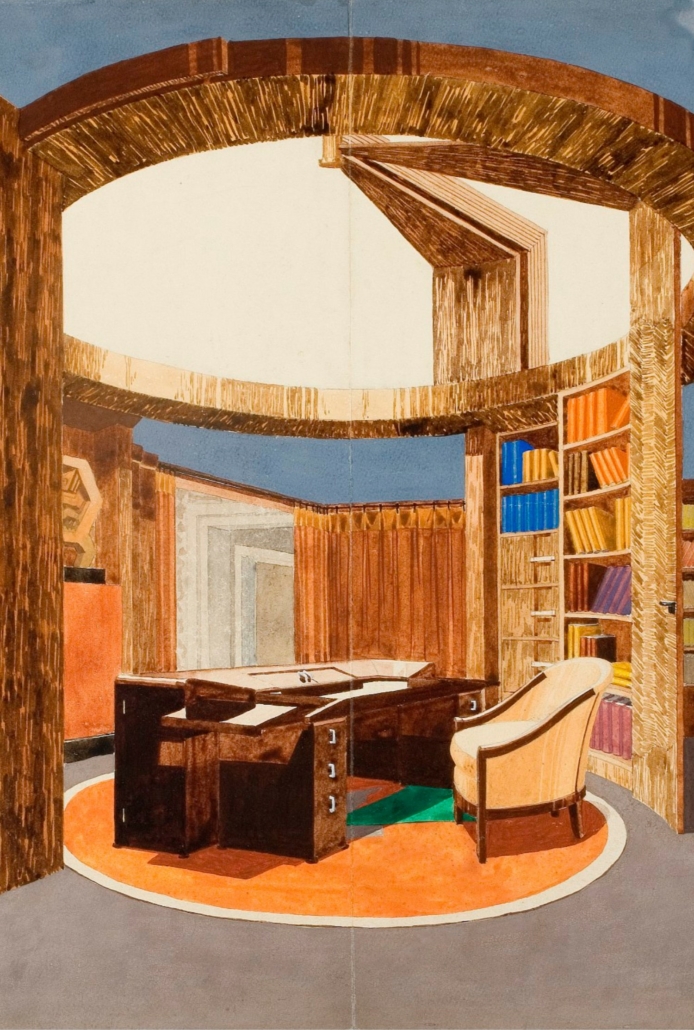
The Musée des Arts Décoratifs has played a central role in the recognition of Art Deco from its very beginnings, hosting the salons of the Société des Artistes Décorateurs and building an exceptionally rich collection. The exhibition “1925-2025. One Hundred Years of Art Deco” draws on this remarkable collection, enriched with works on loan from major institutions and private collections, to present emblematic pieces: André Groult’s shagreen chiffonier, the refined creations of Jacques-Émile Ruhlmann, and Pierre Chareau’s spectacular desk-library designed for the French Embassy, reinstalled for this occasion. Three leading designers – Jacques-Émile Ruhlmann, Eileen Gray and Jean-Michel Frank – are highlighted, each embodying a unique facet of Art Deco.
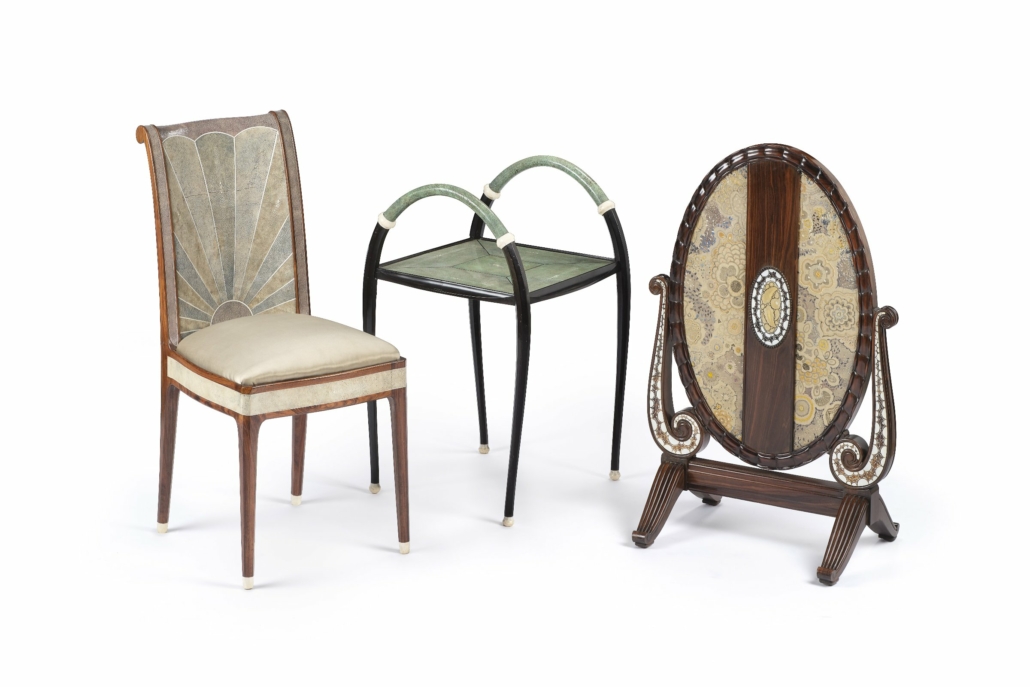
Since the late 1960s, the museum has also established itself as a pioneer in the rediscovery of the style, notably with the exhibition “The 25 Years,” which revived the interest of both the public and specialists. This revival continued in the following decades, spearheaded in the 1970s by major figures such as Yves Saint Laurent, an Art Deco enthusiast, and his associate, the decorator Jacques Grange, to whom the museum gave carte blanche within the exhibition.
Organized along a vast chronological and thematic path that unfolds in the nave and in the galleries on the second and third floors of the museum, the exhibition traces the origins, peak, development, and contemporary reinterpretations of Art Deco. It reveals the richness and relevance of a constantly evolving movement through more than a thousand works.
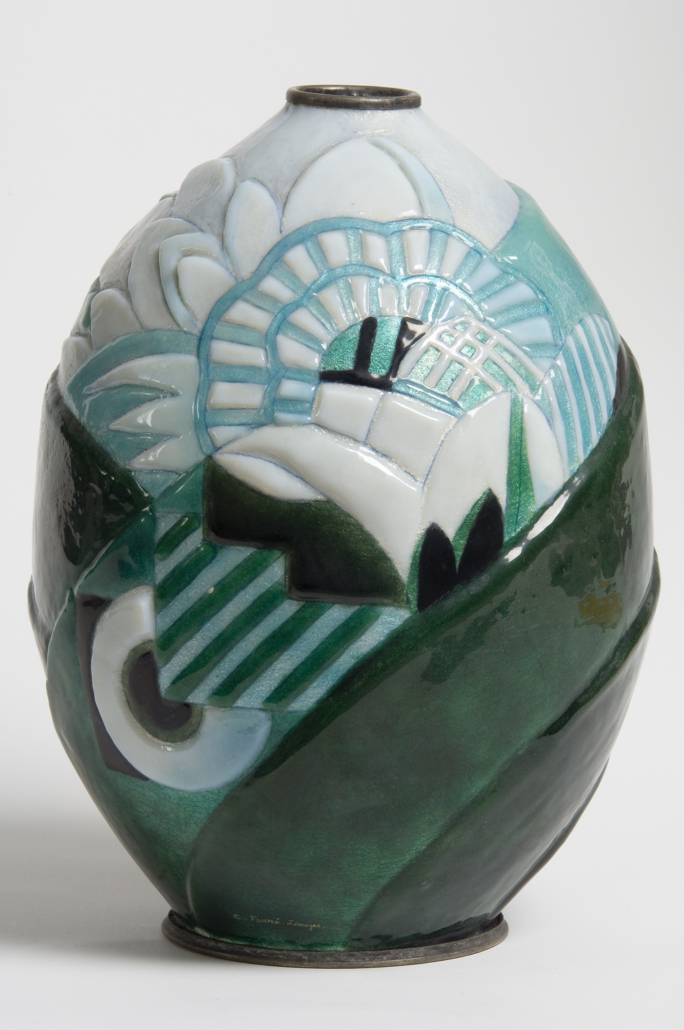
All areas of artistic creation and decoration are presented. The remarkable lacquers of Jean Dunand rub shoulders with the glassworks of François Décorchemont, the tableware industry, tableware, and jewelry, illustrated by strikingly modern pieces, notably a series of brooches by Raymond Templier and Jean Desprès. The fundamental role of drawing is highlighted through decorative, interior design, and furniture projects, notably Groult’s designs for Madame’s bedroom in the French Embassy pavilion, which interact with the chiffonier, one of its rare vestiges. The world of fashion and textile arts is represented by Marguerite Pangon’s cape, Madeleine Vionnet’s dress with little horses, a jacket made by Sonia Delaunay, a dress by Jeanne Lanvin, as well as textile designs and store window designs.
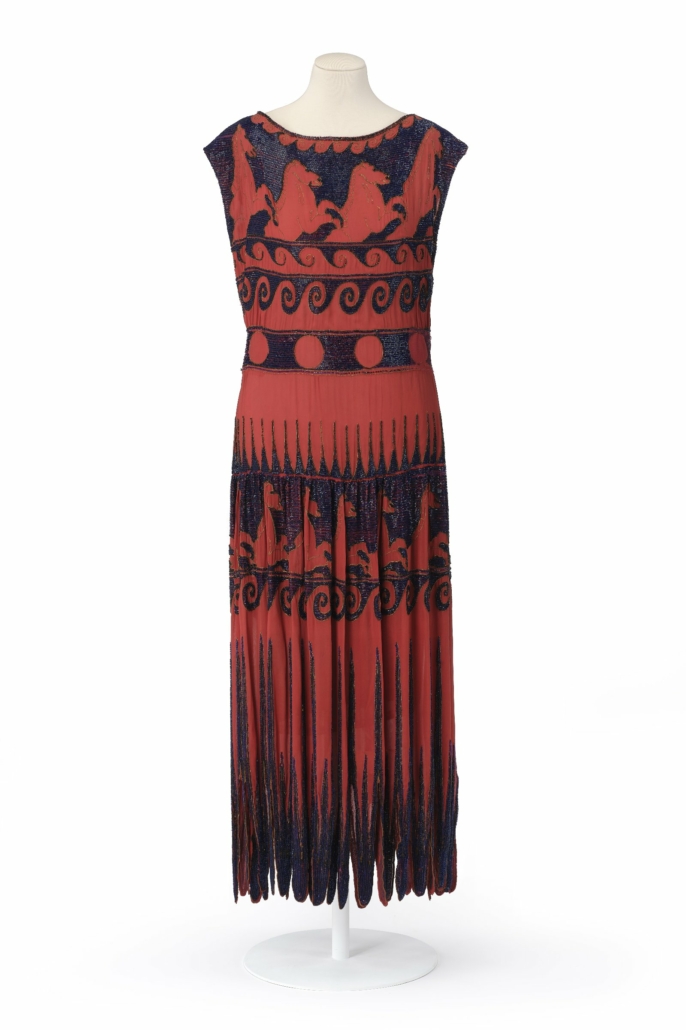
A symbol of refined travel and French savoir-faire, the Orient Express reached its golden age in the 1920s. Decorated by great artists such as René Prou and René and Suzanne Lalique, it became a rolling manifesto of Art Deco aesthetics. One hundred years later, this legend is reborn. The exhibition exclusively unveils, in the Nave of the museum, life-size interior models of the future Orient Express, reimagined by artistic director Maxime d’Angeac, interacting with a 1926 Art Deco cabin from the museum’s collections. Drawing on the heritage of the style and the world of artistic crafts, his project fuses excellent craftsmanship, technological innovation, and contemporary design to invent the train of the 21st century. In 2025, as in 1925, Art Deco inspires a luxury focused on the future.
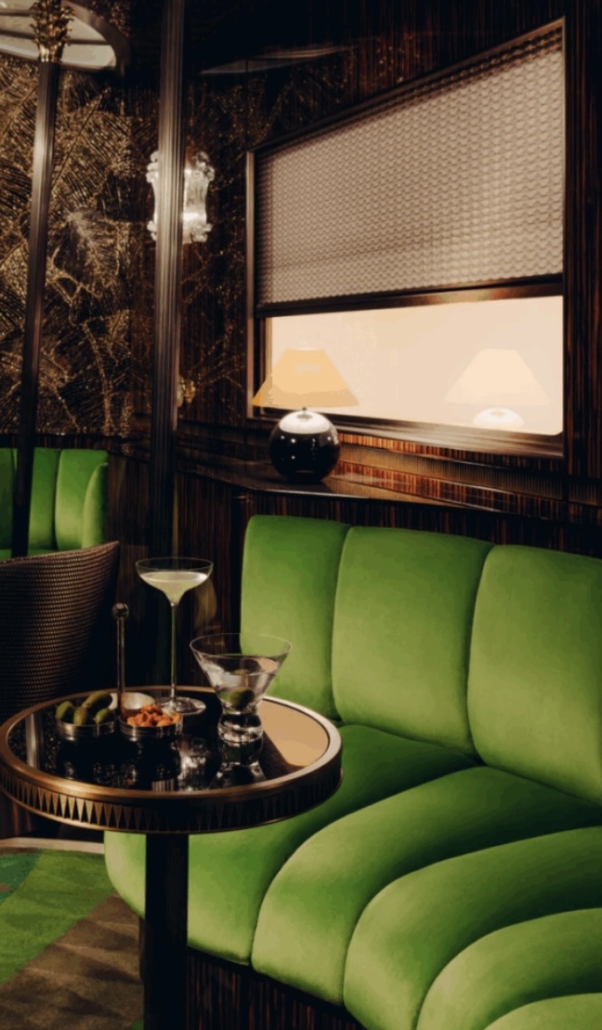
An exceptional collection of pieces from the Maison Cartier, some presented for the first time in dialogue with the museum’s collections, allows visitors to gauge the impact of this style on the field of jewelry. More than 80 objects—necklaces, tiaras, boxes, watches, kits, drawings, and archival documents—illustrate the formal inventiveness and symbolic richness of the Maison’s creations. Between rigorous geometry and sensual materials, motifs inspired by the Orient and technical innovation, these pieces embody the aesthetic of Art Deco luxury, while reflecting the evolving tastes of a cosmopolitan international clientele seeking distinction and modernity. A century after its emergence, Art Deco continues to inspire with its modernity, elegance, and freedom of form. By combining the perspectives of yesterday and today, the exhibition demonstrates how this movement remains vibrant, resonating with contemporary aesthetic questions and expertise. More than a tribute to the past, it invites us to rethink Art Deco as an ever-fertile source of creation and innovation.
